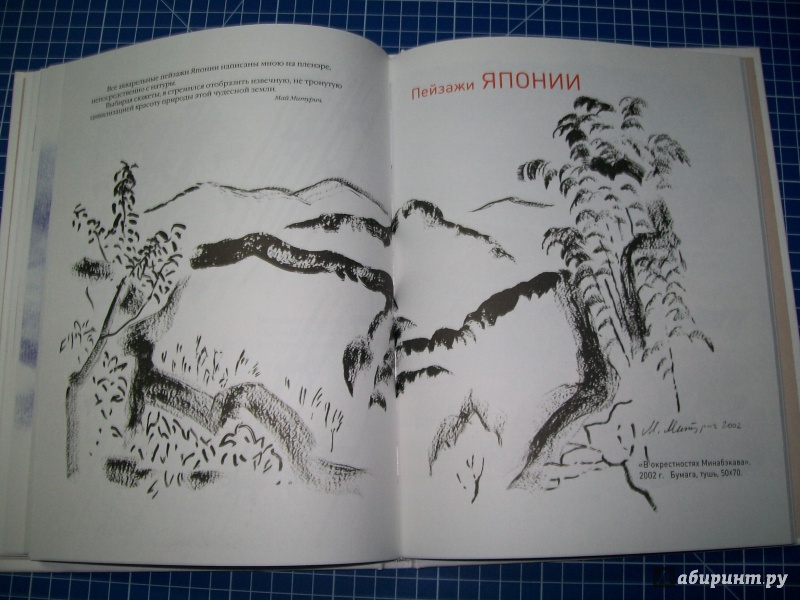

In the traditional Japanese form, however, there were established a number of set regulations that were almost always followed by haiku practitioners.

Writing haiku in English has by now become a tradition in itself, with its own rules and possibilities, many of them based on the possibilities of our language. For most readers and writers of haiku in Japan, he remains the greatest, and most daring, poet of all. He took the haiku form, which as yet showed little in the way of high literary accomplishment when he was a young man, and turned it into a surprising vehicle for a touching, often profound means of high artistic expression. The famous "frog poem" of Matsuo Bashō has been quoted again and again as a superior example of how much a short poem can suggest.īashō (he usually goes by his "artistic name," rather then by his family name, Matsuo) was born in 1644 and died in 1694. American school children study and write them in their literature classes. Of all the forms of traditional Japanese literature that have gained sustained appreciation in the West, the shortest of the various traditional Japanese verse forms, the haiku, written in seventeen syllables (broken down into patterns of 5-7-5), has become the most widely appreciated.


 0 kommentar(er)
0 kommentar(er)
